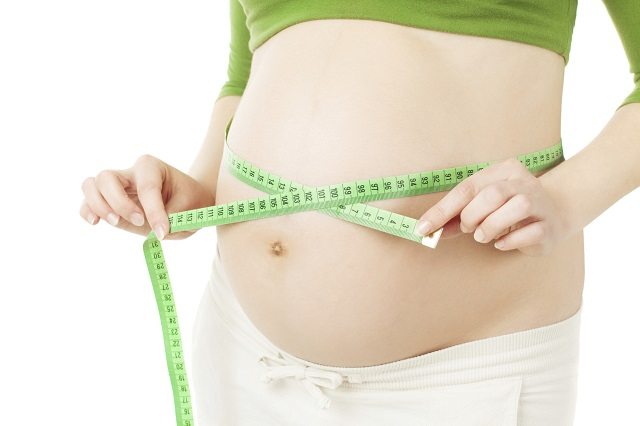The real reason you haven’t lost the post-baby belly
When you were pregnant and your belly started to grow, it was the most amazing experience. But now that you’ve given birth you’re not so fond of it any more.
Even if we eat healthy and exercise regularly, the belly can still hang around. However, now you know why. The chances are that you have diastsis recti, which is a common condition both before and after pregnancy.
What is diastasis recti?
First we need to stop comparing ourselves to stick thin celebrities, parading their post-baby bods, weeks after giving birth. I would bet you anything they are wearing layers of spanx underneath those tight dresses.
There is no way to wave a magic wand and have a flat stomach right after birth. Your uterus is still shrinking back to its normal size six to eight weeks post-partum, so cut yourself some slack.
Diastasis recti is a separation of the “6-pack” muscles that run along the midline or centre of your stomach. The connective tissue gets thin and weak as it stretches sideways, which causes the waistline to widen and the belly to bulge.
Diastasis recti is quite common. Apparently 68 percent of women had diastasis recti above the naval, while 32 percent had it below.
Not just core muscles
Because of the way the muscles connect, diastasis recti affects the lower back and pelvis, too. So you might experience pain in your hips and back and a weakened pelvic floor.
Women with diastasis recti don’t have a strong abdominal wall holding their organs in place, and many may suffer from digestive problems. Since the abdominal muscles are weak, your posture might be affected because of the tendency to lean back to support yourself.
It can start before pregnancy
During pregnancy, the hormones relaxin and progesterone actively begin to soften the connective tissue to open the pelvis up to prepare for childbirth. Most women will get a diastasis by the 3rd trimester of pregnancy if they haven’t done the right exercises to prevent it.
Diastasis recti can start before pregnancy and worsen when you’re pregnant if you do exercises that cause bulging and pressure on the midline, like crunches.
The right technique is key
For most, diastasis recti can be corrected with simple exercises. The most effective way to correct a diastasis is to use core compression exercises that draw the belly into the spine.
Women who do isometric contractions of the transverse abdominis, resistance training, and cardiovascular exercise during pregnancy and after delivery significantly reduced their diastasis.
Be sure to avoid abdominal crunches and many Pilates exercises— even the plank—because they won’t do anything for a diastasis and could even make it worse.
Re-learning how to use your muscles correctly and engage the transverse abdominal muscles is also important for day-to-day activities like picking up your baby.
Diastasis recti can be corrected in as little as five minutes a day to start, and with slow progression to more intense workouts.
Find an online program or get help from a practitioner who specializes in diastasis recti, and you’ll be back in your bikini in no time.
maternity & infant
Originally posted 2015-01-06 11:42:53.









